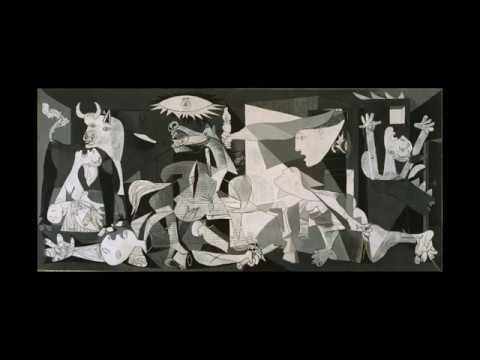Contenidos
David de miguel angel cara
michelangelo’s david where is it
Michelangelo focused his attention on man and his human qualities, those same virtues that would allow him to face the threat of a giant. Not for nothing did Michelangelo’s David become a symbol of the Italian Renaissance.
Standing 5.17 meters high and weighing 5.5 tons, the sculpture was commissioned by the Opera del Duomo for the cathedral of Santa Maria del Fiore in Florence. But both its dimensions and its quality meant that it was destined for the Piazza della Signoria, where it remained until the 19th century. Today the David is located in the Galleria dell’Accademia in Florence, Italy.
David represents the biblical David who confronts and defeats the giant Goliath with only a few stones and his wits. How does Michelangelo represent him? What does Michelangelo’s David hide in his hands?
3. Simultaneously represents tension and relaxationThe dichotomy between tension and relaxation of the body arises as a support to the emotional conflict between rest and the intrinsic action of alertness, that is, being ready for any action.
wikipedia
The powerful concentrated gestural energy of the figure, the terrible gesture, which his contemporaries called the terribilitá, the grandiose head with its haughty gaze, the robust and somewhat exaggerated hand and the anatomical perfection of the musculature, with a great vital tension, made this work the most emblematic of the artist’s. The face with its pensive and attentive expression does not represent action, but awaits the moment to attack the giant Goliath with an energetic attitude.
The face with its pensive and attentive expression does not represent the action, but rather waits with an energetic attitude for the moment to attack the giant Goliath. His disproportionate hand holds the stone and the sling hangs on his back. The artist reflects the brief moment of reflection in the face of the hero, whose frown shows intense concentration. Michelangelo does not yet show a victorious David but precisely the moment that precedes the unleashing of the act.
the pietà of michelangelo
The David is one of the most famous sculptures in the world, as well as being one of the most representative works of the Renaissance. The sculpture, which represents King David before his confrontation with Goliath, measures 4.10 meters and weighs 5.5 tons. Carved in Carrara marble, it was made between 1501 and 1504. Today it is one of the main attractions of Florence. Its history is full of anecdotes and curiosities.
2. A very ambitious project The sculpture was part of a larger project, which foresaw the elaboration of 12 figures representing characters from the Old Testament that were to be placed outside the cathedral of Santa Maria delle Fiori.
4. Why is he naked? One of the curiosities of the Renaissance is that nudity was considered a synonym of beauty. Michelangelo intended to exalt the human figure in harmony with nature.
6. When was it first exhibited? The work was unveiled on August 8, 1504. At that time, the statue contained elements of gold, especially at the base. It took 40 men four days to transport it.
david by michelangelo museum
Interactive 3D modelThe disputes between Savonarola and the Borgia family, especially with Pope Alexander VI, would eventually cost the Florentine monk his life. On May 13, 1497, Alexander VI excommunicated Savonarola; the pope’s followers entered Florence and imprisoned him and several of his followers. The strongest accusations he faced were his disobedience, and contempt for the precept, and pontifical censures with which he had been commanded to abstain from preaching; another, having ardently requested that the king of France Charles VIII enter Italy with his army to subjugate its provinces under the pretext of reforming the Court of Rome, and the customs of the Ecclesiastics. On May 8, 1498 Savonarola signed his confession, and on the 23rd of the same month he was executed at the stake along with two other followers in the Piazza della Signoria, the center of Florentine power.
There is an inconsistency: the David is apparently uncircumcised despite being Jewish, which would contradict Jewish law. This apparent inconsistency has been justified by some critics and historians because of the vision that Renaissance art had of the human being, less tied to religion and more to the values of beauty.[7]






